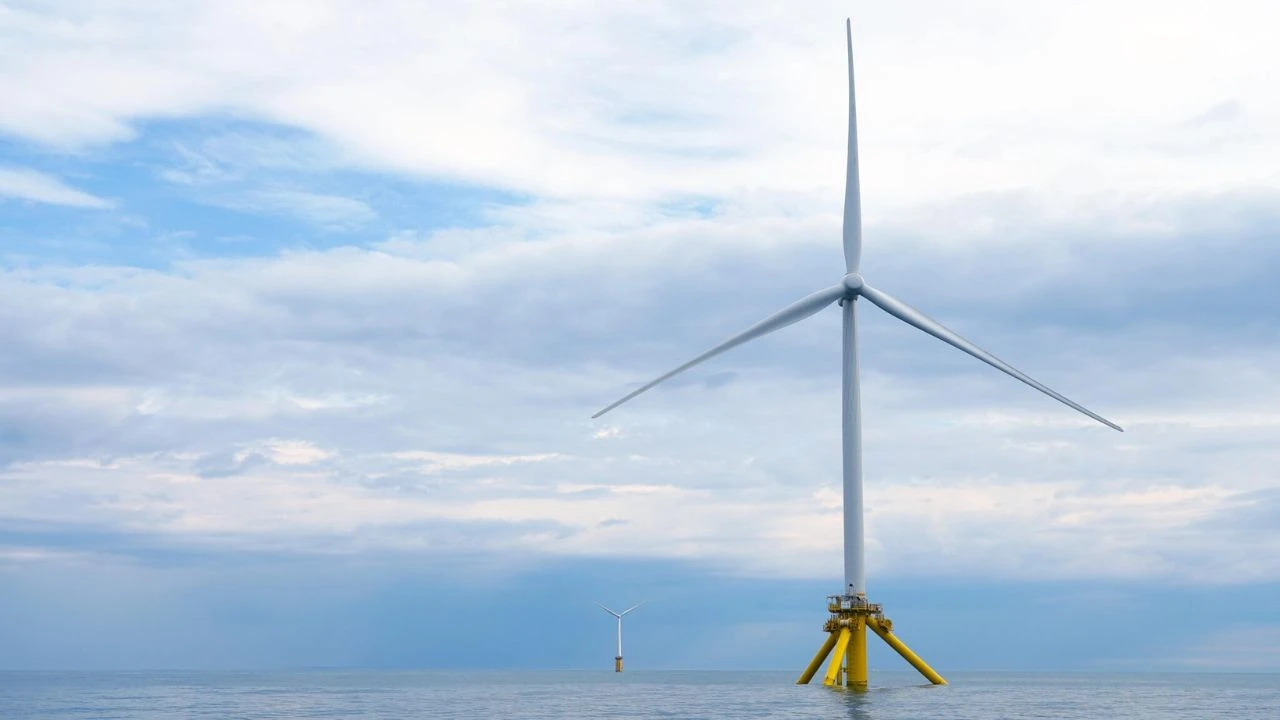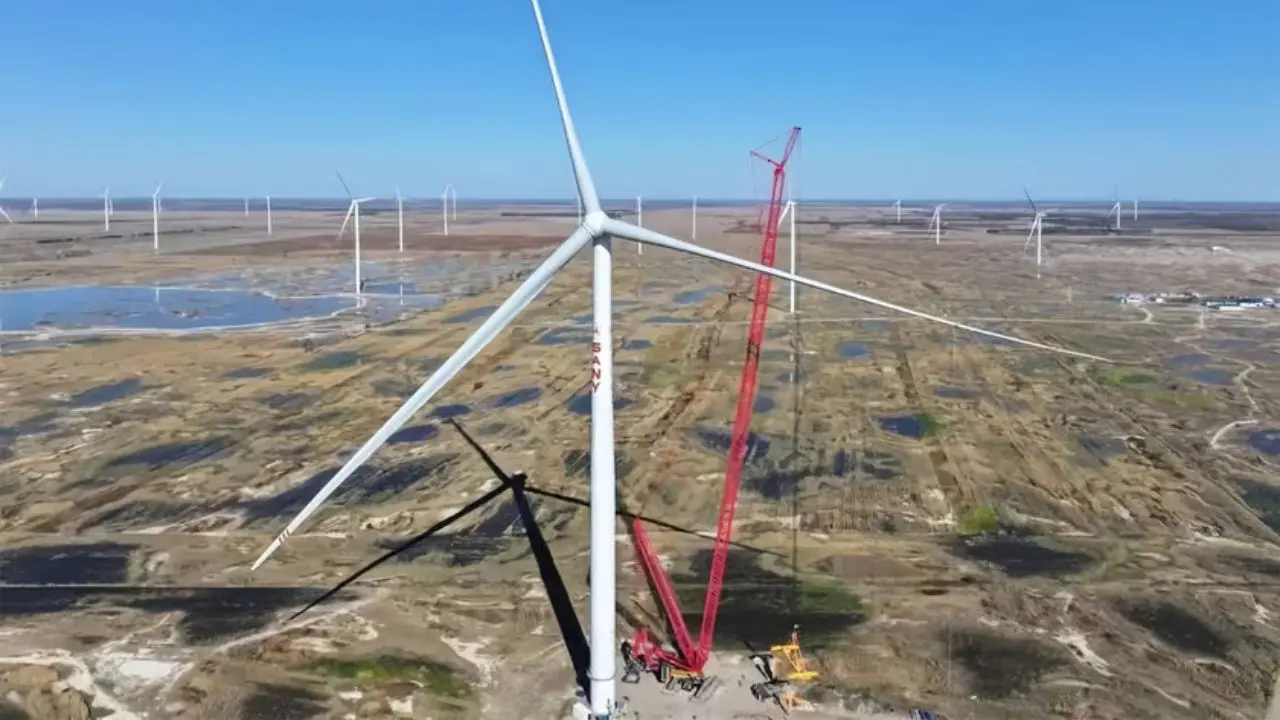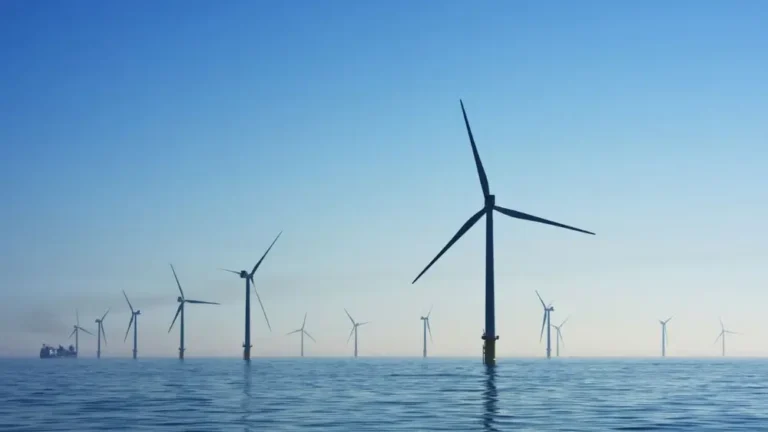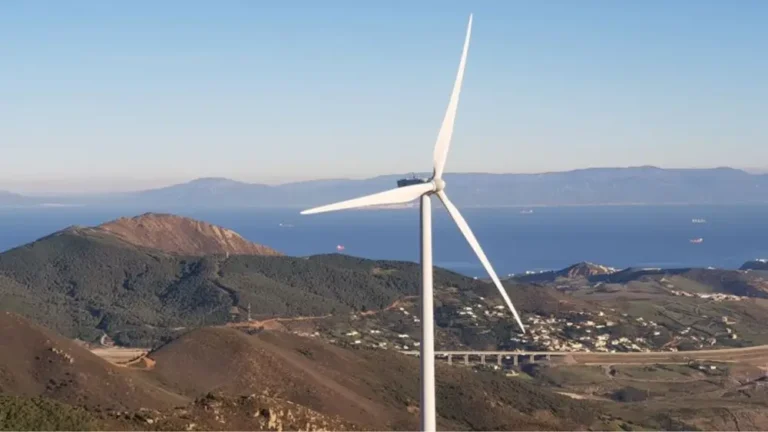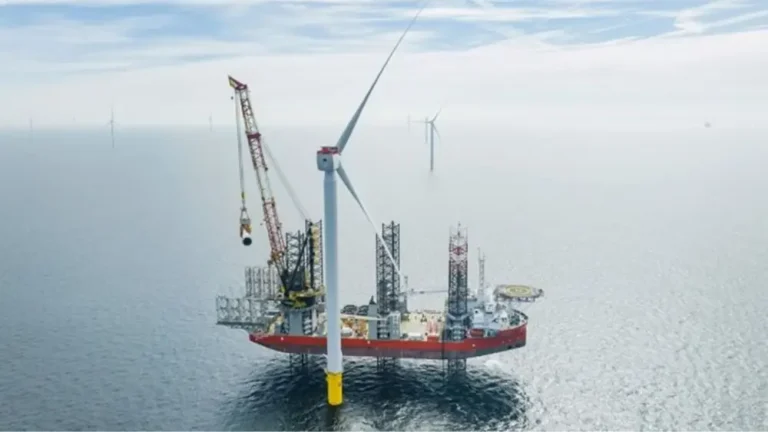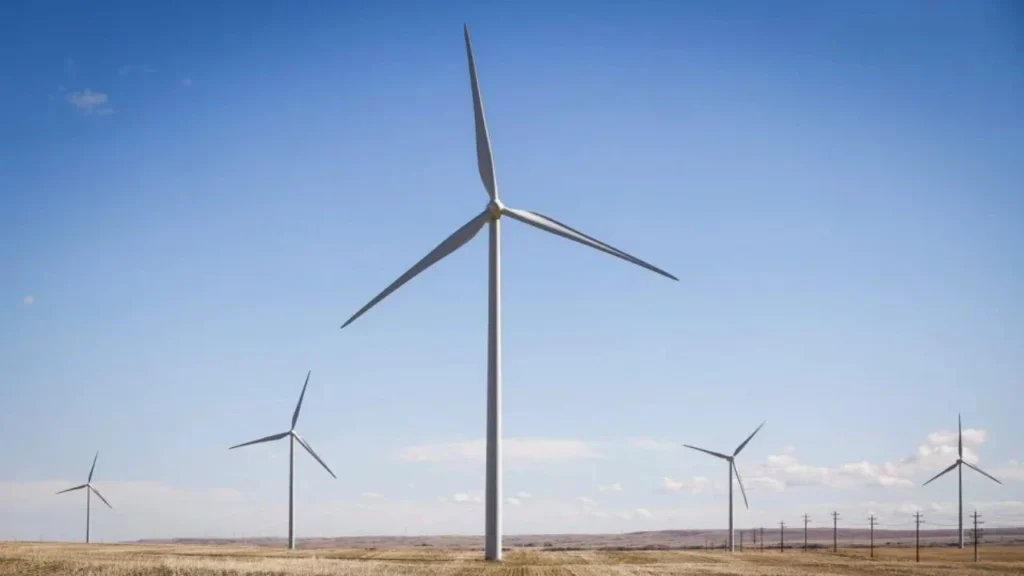
- Alberta plans new restrictions on wind and solar farms near parks, Viewscapes, and prime cropland.
- Conservationists argue these rules may hinder renewable energy more than protect the environment.
- The proposed rules could restrict almost 40% of Alberta’s land from renewable energy projects.
The Alberta government would impose new controls on the development of wind and solar energy projects. New restrictions that could stoke protest from conservation groups and renewable energy advocates aimed to protect agriculture, scenic landscapes, and parks, proponents say, as a step after the seven-month moratorium on renewable energy projects implemented last year. Critics argue these new rules may instead severely limit renewable energy growth in the province rather than really achieve meaningful environmental protection.
Also read: British Library Launches Major Solar Heat Initiative
Renewed efforts by the Alberta government to control where wind and solar farms are located draw on its stated commitment to an “agriculture-first” approach. Last fall, Premier Danielle Smith said protecting farmlands and viewscapes from large-scale renewable energy projects will be a priority. Under the new policy, such developments are banned from being placed within 35 kilometers of protected parks and pristine viewscapes. They are also highly restricted on land with optimal soil for agriculture.
“We should ensure we are not losing any yield of our agricultural production, our tourism revenues, or our breathtaking views,” Smith added, explaining the administration’s position.
However, critics said this new policy was moving in the wrong direction. Environmental and renewable energy advocates felt that such limitations would discourage the province from shifting to cleaner and greener sources of energy. Ruiping Luo, a conservationist from the Alberta Wilderness Association, said she thinks the real intention of the new policy is to slow down the expansion of renewable energy, not to protect the environment sincerely.
Other industries, she said, cause much more harm to the environment – oil and gas come to mind, but yet these seem targeted at renewable energy. In fact, Luo said that it is actually Alberta’s Prairie grasslands are far more threatened by old-fashioned energy extraction than by wind or solar projects. She said that without equally applying restrictions to oil and gas development, the regulations lacked a sense of balance and even seemed counterproductive from a scientific perspective.
Also read: Latest News on Onshore & Offshore Wind Energy
Other restrictions on wind and solar farms are likely for those developments on native grasslands and irrigated land, said a recent engagement process involving municipalities, industry officials, and landowners. According to a government webinar, wind and solar developments may be prohibited soon for irrigated and potentially irrigable lands and for huge grassland areas pending further study.
Luo’s study shows that the new limits could result in almost 40 percent of Alberta’s land being closed off to this type of renewable energy, considering the currently proposed rules. She found that a buffer zone of just around viewscapes would lock out about 23 percent of the province for such developments.
Among them is Luo, conservationist leader to advocates of saving the natural landscapes of Alberta. However, they argue that applying these restrictions solely on renewable energy projects is misguided. For instance, oil and gas operations in southeastern Alberta posed much graver threats to Prairie grasslands than renewable energy projects, she said.
Luo and others say that the Alberta government must treat everyone equally when it comes to energy sectors. Even Jason Wang, a senior electricity analyst with the Pembina Institute, shares Luo’s statement. According to him, the current inconsistency in implementing Alberta’s regulations for energy is true. He added that these oil and gas industries are not bounded by similar rules and constraints.
Also read: Solar Panels to Be Installed Between Train Tracks in Switzerland
A report by Wang and the Pembina Institute, which was published in August, found that the government’s recent moratorium on renewable energy projects led to the abandonment of 53 wind and solar projects, or a combined generation capacity of 8,600 megawatts. That amount, said Wang, could have powered every home in the province. Still, it is up to the Alberta Utilities Commission, which regulates energy developments, to decide whether projects meet existing standards.
In its defense of the new rules, the Alberta government claims that the move will promote the responsible use of land and respect for the environment, property rights, and Alberta’s vaunted agricultural industry. “The overall package hasn’t been finalized yet,” said press secretary for Utilities Minister Nathan Neudorf Ashley Stevenson. Plans are to finalize it by the end of 2024.
Also read: Latest News on Solar Power, Sunlight Power Energy
Now, the future of the renewable energy sector seems very uncertain in the wake of new Alberta regulations. There is an assumption that these rules will not enable the province to make an easy transition towards clean energy. At the same time, it is also thought that restriction should be applied equally to all the energy sectors instead of going for renewables only. As the government closes in on its final policies, a key uncertain aspect will become Alberta’s renewable energy future-including major decisions that are set to be made prior to the year end.

